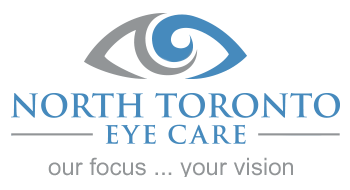There is an incredible variety of procedures and options to correct your vision in the modern world. Of course, there are glasses and contacts, and most people know what LASIK is, but have you ever heard of a procedure called refractive lens exchange (RLE)? It is an alternative surgical procedure to LASIK designed to treat patients with presbyopia (age-related blurry near vision), and can be an option for an individual that is not eligible for LASIK. It can also be referred to as refractive lensectomy, clear lens extraction, or simply lens replacement surgery.
So how does it work?
The Basics of RLE
The goal of refractive lens exchange is to replace the natural lens of your eye with something called an artificial intraocular lens (IOL). These lenses come in three categories: monofocal, multifocal, and accommodating.
- Monofocal IOLs allows you to see clearly and focus in three distinct distances, but does not allow for in between, nor does it allow for a combination.
- Multifocal IOLs function much the same as monofocal, but with more distances available
- Accommodating IOLs adjust inside the eye as your eyes change focus.
There are benefits and drawbacks to each including price and effectiveness – if you are interested in learning more about which IOL would best suit you, talk to your doctor or contact us for more information.
The Operation
The refractive lens exchange procedure is fast, straightforward, painless, and very effective. The entire process takes between 15 – 20 minutes, and you should be in driving shape within a week. Each eye needs to be done separately, with a week in between for a recovery period.
RLE vs. LASIK
Refractive lens exchange and LASIK are both safe and effective, but they do have distinct advantages and disadvantages. For example, RLE is typically reserved for patients with farsightedness or severe refractive errors, and while it can be used for nearsighted patients, it is more of a last resort. RLE is also a suitable procedure for someone who is considering LASIK but is over the age of 40. More commonly, patients with loss of near vision (presbyopia) and/or wearing progressive or bifocal glasses choose RLE to reduce their need for reading glasses – this is an excellent option for patients with active lifestyles who wish to free themselves from glasses.
The world of eye care is growing every year and so are the options to fix your eyesight. If you are interested in the refractive lens exchange procedure, don’t wait – schedule your consultation with us at North Toronto Eye Care today!
